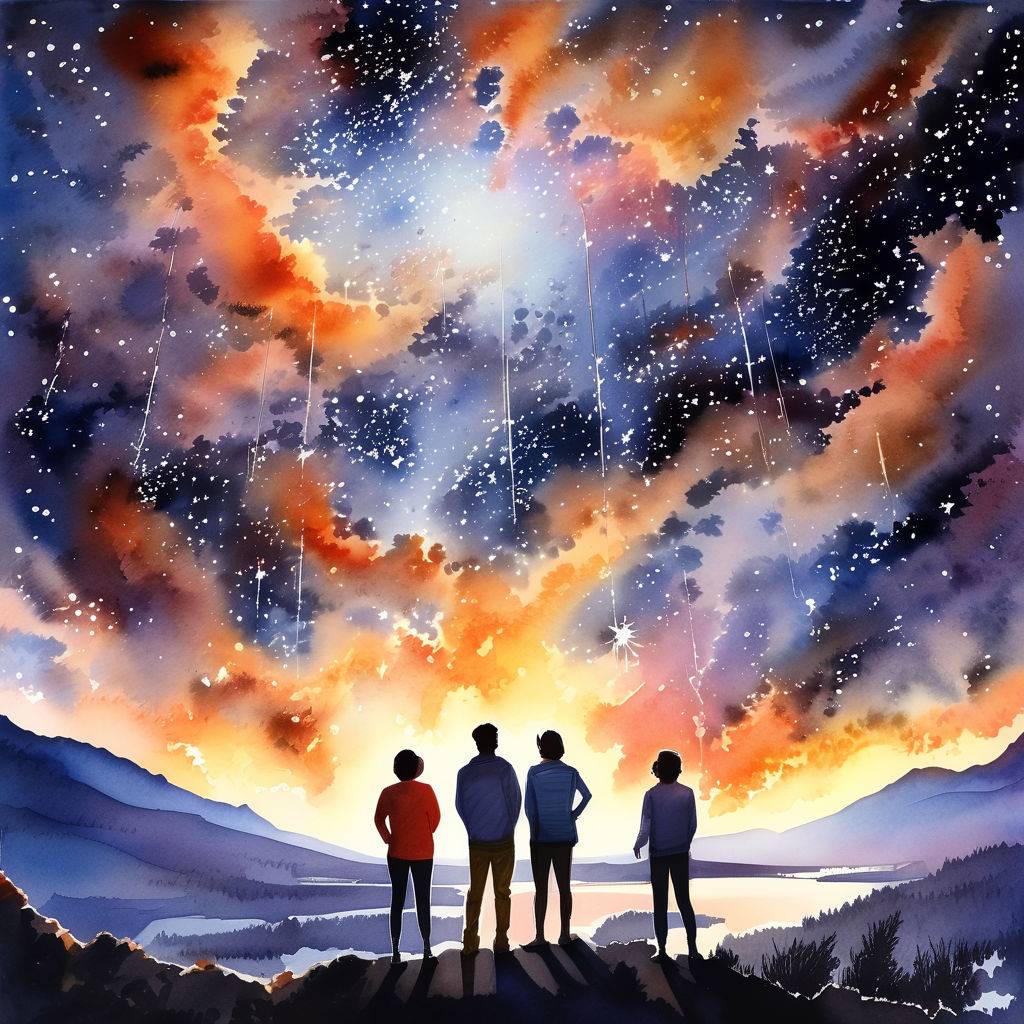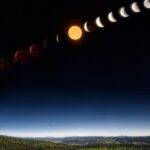Greenbelt, Md. — Stargazers are in for a treat as another extraordinary celestial event unfolds following the recent total solar eclipse. Astronomers anticipate a rare nova explosion in the binary system of T Coronae Borealis (T CrB), situated roughly 3,000 light years away. This phenomenon, expected later in 2024, promises a spectacular display visible for an entire week, reports Space.
Unveiling the Rare Nova Explosion
NASA scientists suggest the nova explosion in T CrB could occur anytime between now and September, marking a significant occurrence in astronomical events. Nova explosions of this magnitude are exceedingly rare, happening approximately once a century, making this event a once-in-a-lifetime spectacle for many observers.
The Cosmic Dance of Stars
Nova explosions occur when a white dwarf star and a red giant star draw too close, triggering a dramatic increase in the red giant’s surface temperature. Typically, the surface temperature of a red giant ranges from 4,000 to 5,800 degrees Fahrenheit. However, during such events, temperatures soar to approximately 360,000 degrees Fahrenheit, as reported by Earth.
The Energetic Burst
The heightened temperatures cause the red giant to shed its outer layers onto the white dwarf, resulting in a colossal explosion akin to a nuclear blast. This explosion releases an energy burst approximately 100,000 times greater than the Sun’s annual output. Unlike a supernova, this event does not obliterate the star but initiates a cooling phase, eventually returning to its pre-explosion state.
Historical Eruptions and Cyclical Nature
T CrB has experienced several eruptions throughout history, with notable instances recorded in 1946 and 1866. Some accounts suggest its visibility during nova phases spans centuries. The unique aspect of this event lies in its rapid cycle, completing within a week.
Viewing Recommendations
To witness this cosmic spectacle, enthusiasts are advised to locate the Corona Borealis constellation, also known as the Northern Crown, situated near Bootes and Hercules, according to NASA.
Conclusion: Witnessing Celestial Marvels
As anticipation builds for the rare nova explosion in the T Coronae Borealis system, astronomers and stargazers alike eagerly await the awe-inspiring display set to illuminate the night sky. With its rarity and remarkable luminosity, this event promises to captivate observers and leave a lasting impression on celestial enthusiasts worldwide.
Be the First to Witness History Unfold!
Download The Local News App now to stay updated on this extraordinary celestial event and other breaking news stories.







Leave a Reply